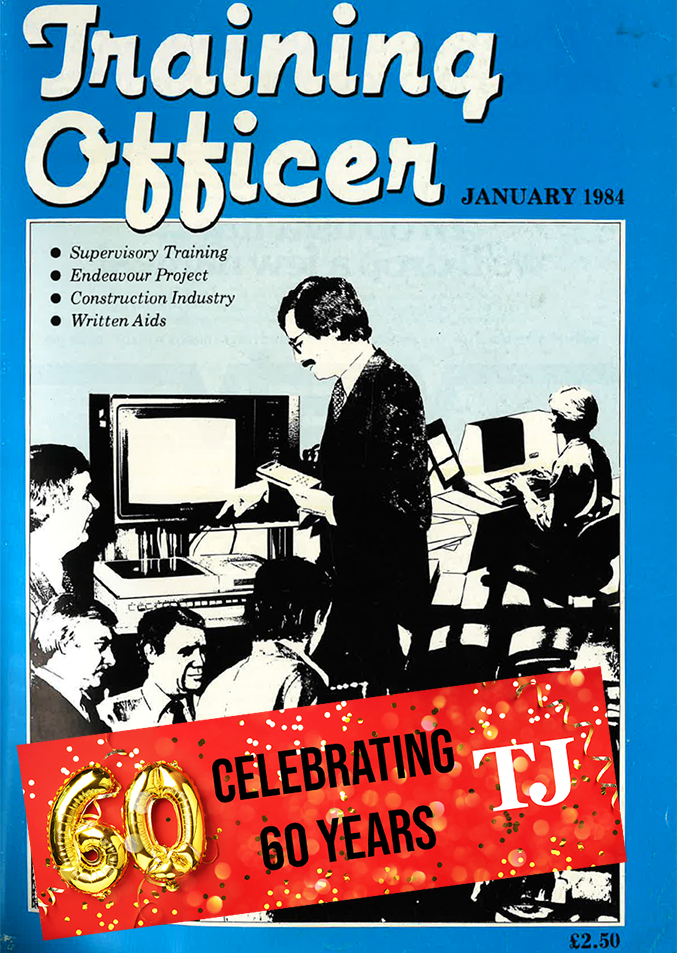Russell Wardrop highlights that learning and development is too often seen as a discretionary cost rather than a strategic investment with business impact. When programmes are designed to drive commercial outcomes, they don’t just inform — they transform. The ROI comes when learning delivers behaviour change and boosts the bottom line.
In today’s business climate, every organisation is under pressure to do more with less. Leaders sharpen their pencils, scrutinise spreadsheets, and look for costs to cut in the name of margin improvement. And, too often, one area gets thrown into the overheads bucket without a second thought: learning and development.
Done right, training is not a cost at all
Training is still seen in many boardrooms as a “cost centre”: a nice-to-have, filed somewhere between stationery and utilities. Something to be trimmed when times are tight. But here’s the truth: done right, training is not a cost at all. It’s one of the smartest profit-generating investments a business can make.
Fine lines
The difference between cost and profit comes down to design and delivery. Programmes that work aren’t just about knowledge transfer. They change behaviour and generate measurable business outcomes.
The real question isn’t “How much will this cost?” but “How much value will this create?”
When learning is tied directly to commercial outcomes, it shifts from expenditure to investment. It moves from “support function” to strategic growth lever. Return on investment is the benchmark. Without it, training risks becoming a tick-box exercise: a day out of the office, a happy sheet at Kirkpatrick Level 1, but no real shift in performance.
The real value comes when training reaches Kirkpatrick Level 4 – when learning is applied in the real world and the results are visible in the numbers, such as:
- Higher win rates on pitches and tenders
- An increased business development activity and hours
- Stronger pipelines and deeper client relationships
- Direct, measurable financial gains
That’s not “training for training’s sake.” That’s commercial growth, delivered through learning.
The potential
The biggest obstacle is perception, so there’s a need for change in mindset. Leaders must stop seeing training as a discretionary spend and start seeing it as a profit centre waiting to be unlocked.
Every uplift in skill, every stronger client conversation, every sharper negotiation adds value to the bottom line. Overheads don’t do that. People do.
Reframe learning and development, and you stop treating it as an operational burden. You start using it as a competitive advantage. When training is done right in firms, the evidence speaks for itself:
- Deals are won because teams negotiate differently
- Hours are redirected into business development that drives real returns
- Pitches are reframed and repositioned to secure competitive advantage
Clients shouldn’t just report satisfaction – they should report measurable commercial results. That’s the essence of transforming a cost centre into a profit centre. The secret isn’t in cutting spend. It’s in investing smarter. Training is only a cost if it doesn’t deliver. Done well, it pays for itself many times over.
As the poet said when asked What if we invest in them and they leave? – “What if we don’t and they stay?” So, cost centre or profit centre? The choice is yours. But the secret is clear.
Russell Wardrop is CEO of KWC Global




